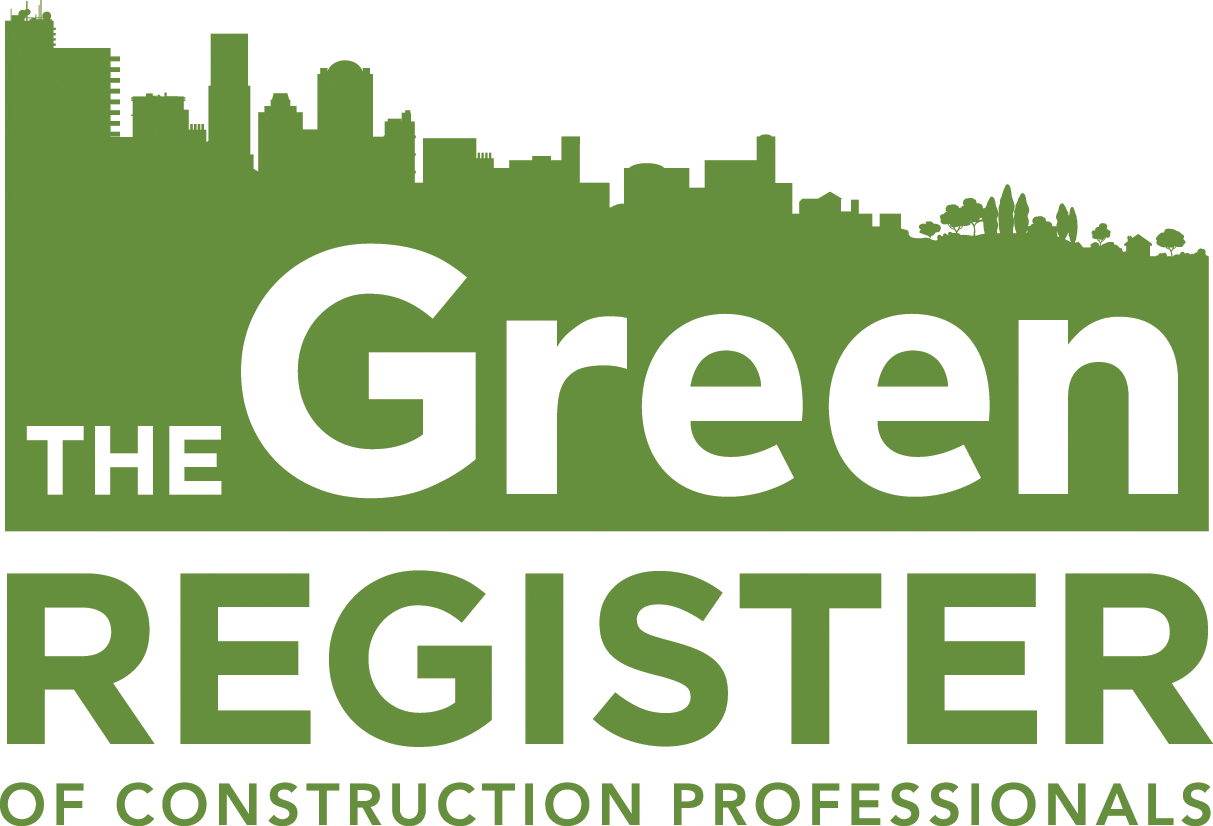Dampness in the home can sometimes seem like a minor nuisance – a patch here, some peeling wallpaper there – but in reality, it poses a significant threat to your property’s structure, appearance, and even your family’s health.
Left untreated, damp can lead to serious and costly problems. That’s why early intervention is essential to protect both your home and wellbeing. In this blog, we’ll explore how dampness impacts your property and why acting quickly can save you time, money, and stress.
How does dampness affect the structure of your home?
Moisture is one of the most damaging elements to building materials. When damp penetrates walls, floors, or ceilings, it can weaken the very framework that supports your property.
Wood rot and decay
Wood is particularly vulnerable to moisture. Damp conditions encourage wood rot – a process where fungi break down the cellulose in timber, causing it to become soft, crumbly, and structurally unsound. This can affect wooden beams, floorboards, joists, and window frames.
Over time, untreated wood rot compromises the strength of your home’s support structures, leading to sagging floors, creaking floors, and even safety risks. Repairing or replacing rotten timber can be expensive and disruptive.
Brick and mortar damage
Water ingress can erode the mortar joints between bricks and cause the bricks themselves to deteriorate. This weakens external walls and can lead to crumbling or loose brickwork.
In severe cases, prolonged moisture exposure causes walls to bulge, crack, or even collapse, necessitating major rebuilding work.
Corrosion of metal components
Damp conditions accelerate rust and corrosion in metal elements such as plumbing pipes, electrical conduits, steel beams, and fixings.
Corroded pipes are more likely to leak or burst, while corroded steel beams lose their load-bearing capacity. Electrical wiring affected by moisture can also pose serious fire and safety hazards.
What is the impact of dampness on your home’s aesthetics?
Beyond structural harm, damp causes visible damage that affects the look and feel of your home’s interior.
Staining and discolouration
Damp patches on walls and ceilings often show as dark stains or blotches that are unsightly and difficult to remove. These marks can spread over time, ruining paintwork and decoration.
Peeling paint and wallpaper
Moisture disrupts paint adhesion, causing it to bubble, crack, and peel away from walls. Wallpaper can blister or peel, making rooms look neglected and unattractive.
Repairing these issues often requires removing damaged surfaces and repainting or redecorating — a costly inconvenience.
Mould growth
Damp environments are perfect for mould spores to thrive. Mould appears as black, green, or white patches on walls, ceilings, fabrics, and window frames.
Aside from being unpleasant to see and smell, mould damages surfaces and soft furnishings, which may need to be discarded if infestation is severe.
What are the health risks associated with dampness?
Damp homes are more than just unsightly – they can seriously affect your family’s health, particularly the most vulnerable such as young children, the elderly, and those with respiratory conditions.
- Respiratory issues: Mould spores and damp air can trigger or worsen asthma, bronchitis, and other breathing difficulties. Persistent exposure may increase the risk of chronic respiratory infections.
- Skin irritation: Prolonged contact with mould or damp surfaces can cause skin rashes and irritation, especially for those with sensitive skin.
- Increased susceptibility to infections: Living in a damp environment can weaken the immune system, making individuals more vulnerable to colds, flu, and other infections.
Why is it important to fix dampness early?
Ignoring damp problems allows them to worsen, leading to escalating damage and risks.
- Structural damage worsens: Continued moisture exposure accelerates wood rot, brick erosion, and metal corrosion. Minor repairs become major renovations, increasing disruption and cost.
- Health problems intensify: Chronic damp conditions and mould exposure can lead to long-term respiratory problems and other health issues in household members.
- Higher repair bills: Delaying treatment means more extensive work, including replacing timber, replastering, and redecorating, all adding up to higher expenses.
- Reduced property value: Damp problems deter buyers and reduce your home’s market value. They may also affect mortgage applications and insurance premiums.
How can dampness be prevented or managed?
Preventing damp starts with regular maintenance and good household habits.
- Check and repair roofs, gutters, and downpipes regularly to avoid water ingress.
- Invest in a solution like our Air Drain, which encourages natural evaporation and gas movement, keeps walls drier and warmer, reduces mould, cuts energy costs, and limits cold bridging.
- Ensure good ventilation in moisture-prone areas like kitchens and bathrooms.
- Fix plumbing leaks promptly.
- Keep the damp-proof course intact and avoid soil or paving bridging it.
- Avoid drying clothes indoors or use extractor fans to reduce indoor humidity.
Conclusion
Dampness might begin as a small, seemingly harmless issue, but its effects on your home’s structure, aesthetics, and your family’s health can be profound. Acting quickly to detect and fix damp problems protects your property from costly damage and creates a healthier living environment. Don’t delay repairs — early action will save you money and stress in the long run.







